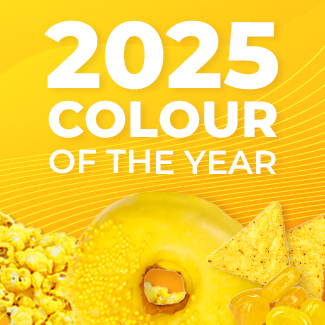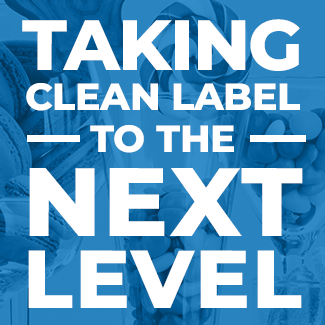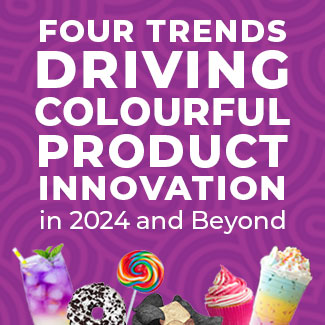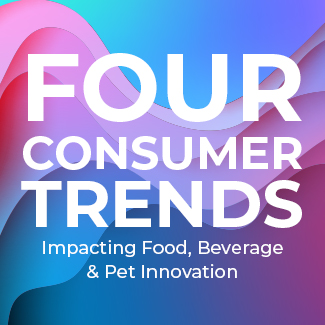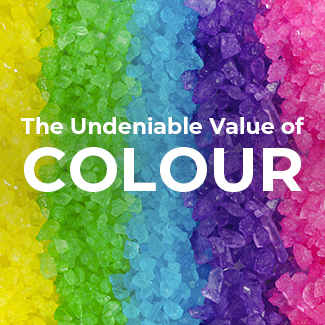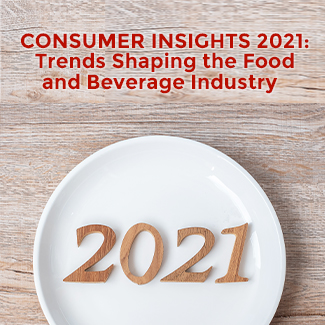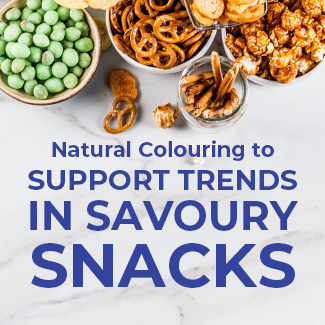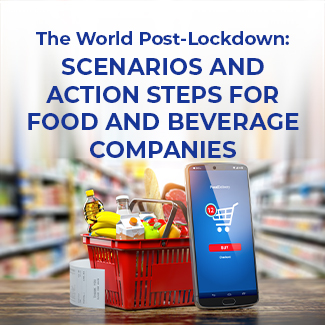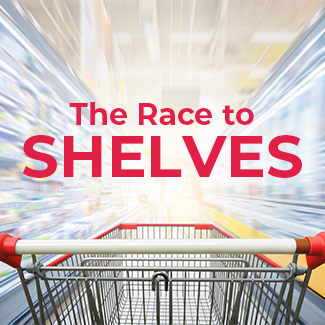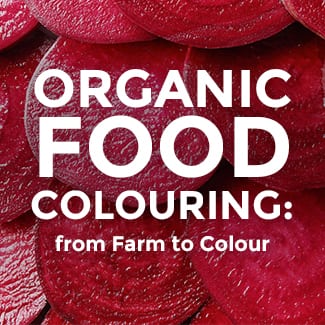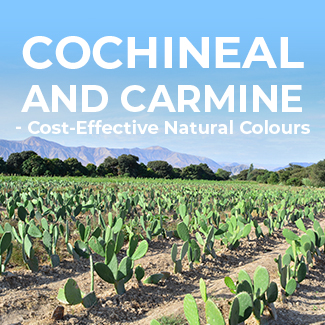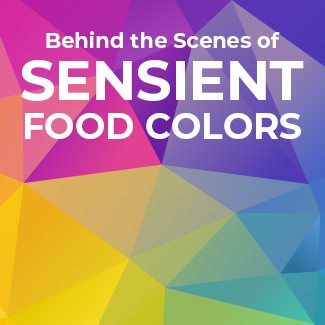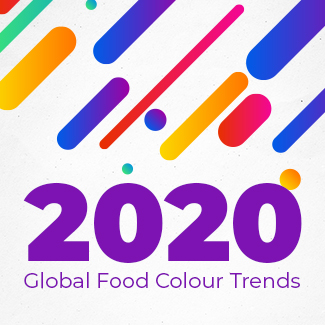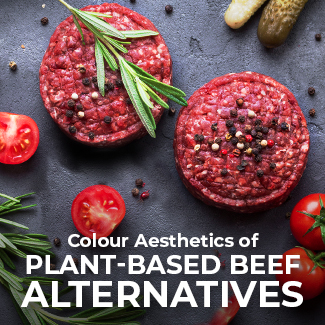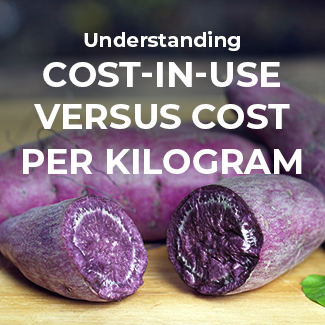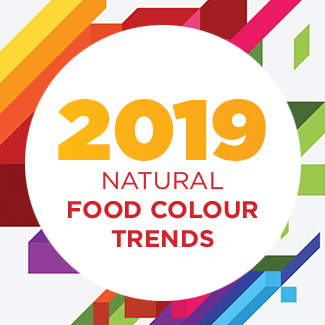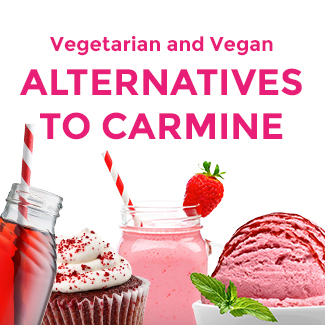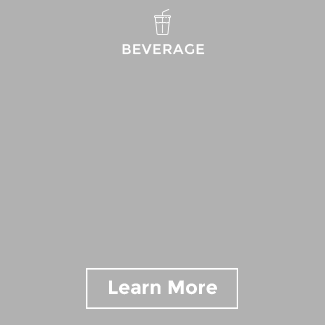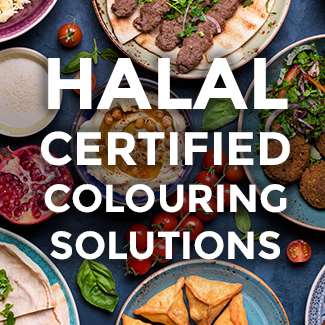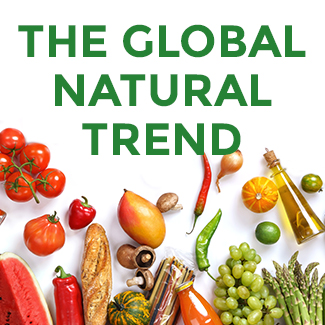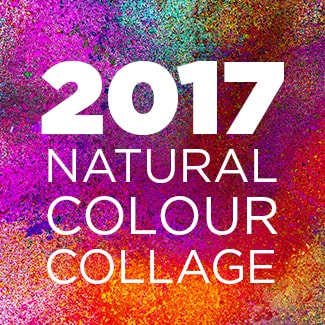Are You Sure About the Food Safety of Your Natural Colouring?

Chemicals used in food production

Bacteria found in food

Food fraud
Source: Etienne, J. et. al., EU Insights – Consumer perceptions of emerging risks in the food chain, EFSA, 18.04.2018- doi:10.2903/sp.efsa.2018.EN-1394 ICF
The demand for simpler, more natural food ingredients continues to grow. The need for safe products and clear communication to consumers about colours from natural sources has never been more important. Formulating with plant-based ingredients inherently adds a layer of complexity to food safety controls. Food Safety issues related specifically to natural food colours can have a negative impact on all stakeholders. Some examples include: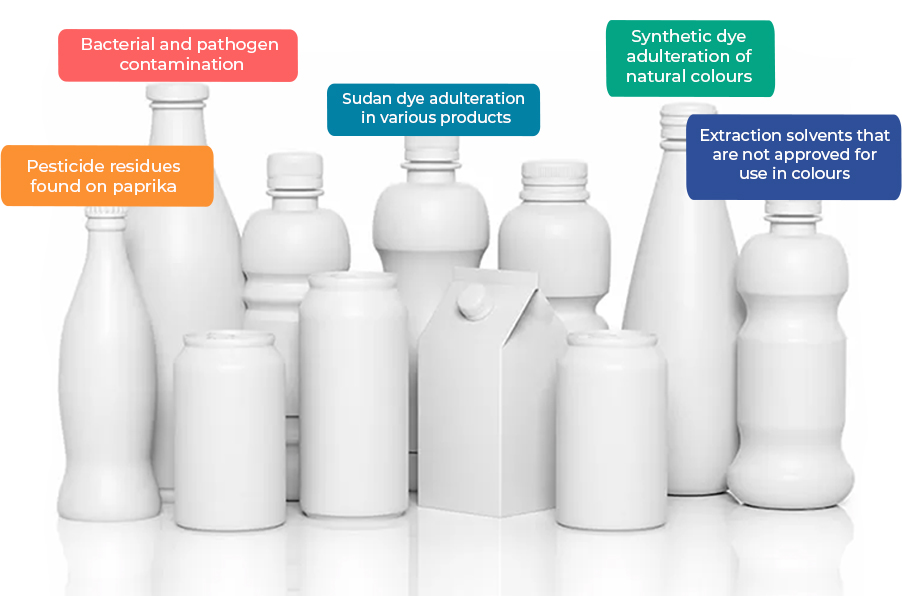 In this era where online influencers can instantly disseminate news and opinions through social media channels, brands need to be more diligent than ever in protecting the trust and equity that has been earned.
In this era where online influencers can instantly disseminate news and opinions through social media channels, brands need to be more diligent than ever in protecting the trust and equity that has been earned.
So Do You Really Know What’s in Your Natural Colour?
At Sensient, our Certasure™ program includes the industry’s most comprehensive food safety testing protocols to not only provide full supply chain visibility but also brand protection. If product developers ever ask “what’s in my natural colour?” Sensient is able to provide a thorough response that ensures the colour’s safety and authenticity. If you would like to know more, watch this video with three real examples of food safety concerns discovered using the Certasure™ process:


The essence of Certasure™ is peace of mind. It covers all plant-based, natural colour sources and combines stringent quality testing, comprehensive vendor certification, full raw material traceability, and best manufacturing practices to ensure the natural colouring meets safety, authenticity, and quality requirements. In order to provide colours that are safe, pure, and authentic, we test for the following:

Pesticides

Heavy Metals

Unauthorized Solvents

Pathogens

Adulteration
This is the reason you see our Certasure™ “shield” appear on specification sheets and on our packaging. If you would like to find out more, please get in touch with us anytime.




